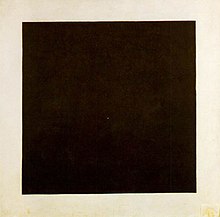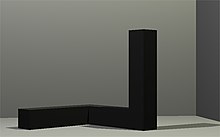197.134: Digital Design and Visualisation
Saturday, October 23, 2010
Sunday, October 3, 2010
Chair Research
Tuesday, September 7, 2010
Minimalism In Design
Minimalism in Design
Minimalism is a term used to describe a movement in art and design, mostly in visual art, where the work is stripped down to its fundamental function. It developed in post-World War II and is often interpreted as a reaction towards Abstract Expressionism. The term 'minimalist' usually applies to anything which has been stripped down to its essentials.


Minimalism is a term used to describe a movement in art and design, mostly in visual art, where the work is stripped down to its fundamental function. It developed in post-World War II and is often interpreted as a reaction towards Abstract Expressionism. The term 'minimalist' usually applies to anything which has been stripped down to its essentials.


Minimalist Design
Minimalism in design is a trend in design and architecture where the certain object/product is reduced to its necessary elements. It is heavily influenced by Japanese traditional design and architecture. De Stijl artists are a major source of reference for minimalist work. Architect Ludwig Mies van der Rohe adopted the motto "Less is more" to describe the aesthetic "tactic of arranging the numerous necessary components of a building to create an impression of extreme simplicity." The structure's beauty is also determined by playing with lighting, using the basic geometric shapes as outlines, using only single shape or a small number of like shapes for components for design unity, using tasteful non-fussy bright colour combinations, usually natural textures and colours, and CLEAN and fine finishes. Visual aesthetics could be improved by using contrast or colour brightness between surface colours. The subject would usually have industrial and futuristic elements, neat and straight components and pleasing negative spaces. In minimalism, designers pay special attention to the connection between perfect planes, elegant lighting, and careful consideration of the negative spaces.
Monday, August 16, 2010
Subscribe to:
Posts (Atom)
















